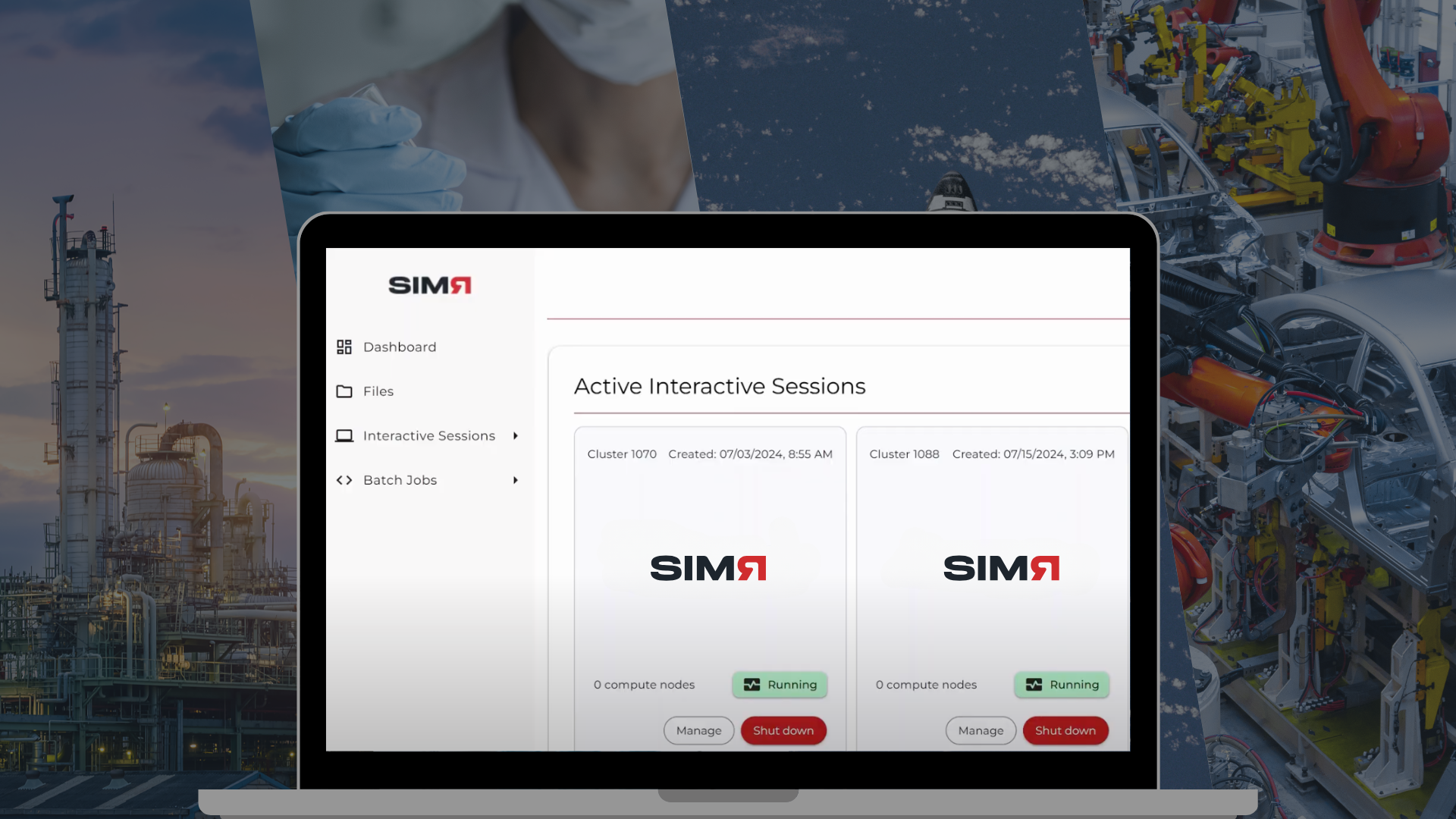
Simulia's Regional User Meeting in the west coast was held in Santa Clara today. There were a variety of interesting topics from Simulia and its network of partners. One theme of the meeting was the breadth of Simulia's portfolio of products, and how they enable whole engineering workflows. Some striking examples of this were presented in Aerospace and Life Sciences.
Aerospace
Airlines are constantly pushing the boundaries of faster flights and longer routes, while trying to maintain profitability. Long-haul flights require airplane components to be extremely reliable over increasingly longer lifetimes, so fatigue is a critical factor to be modeled carefully. Of course this needs to be weighed against fuel costs, which are driven by how heavy the aircraft is. So lightweighting is a factor as well. Multiple competing priorities need to be balanced to get to an optimal design.
One interesting example workflow is Turbine blade cooling. This is a workflow that can be fully modeled using various Simulia tools. It is a conjugate heat transfer problem involving a combination of heat transfer in a solid and heat transfer in a fluid. In the solid turbine blades, heat conduction effects dominate. Whereas heat convection is the predominant effect in the turbine blade coolant channels.
Tosca Fluid can be used for non-parametric optimization to create the ideal blade shape for streamline flows, which in turn increases the efficiency of heat convection. However, before the new design can be implemented, the effect on durability and fatigue properties need to be modeled. For example resonant frequencies need to be checked as well as the stresses of the new design. fe-safe can be used for this and a life prediction for a standard flying cycle can be obtained. So the end to end workflow can be modeled with different SIMULIA tools.
Life Sciences
Hip replacement is one of the most common orthopedic procedures. There are many drivers that impact the design of artificial hips. Regulations and certifications are a big reason for the use of simulation tools, which can be used to demonstrate compliance. But beyond just meeting regulations, simulation tools can be used to deliver personalized health care. Everybody has a different body type influenced by genetics and lifestyle. A simple CT-scan of the patient's hip can be used as a basis for a personalized design for that particular patient.
The design and implementation of hip implants start with good structural analysis in abaqus. Based on standards, the product requirements are specified and the model built. The model can then be subjected to load and a simple static analysis will show the stress patterns. For example, the sitting down and standing up motion is modeled as a sinusoidal load, and applying this load 5 million times approximates the lifetime load on the part.
Finally, to model the incredible variations in human beings, Isight can be used to model different design permutations.
The SIMULIA portfolio has an incredible breadth of offerings and an amazing range of applications.
.png)




